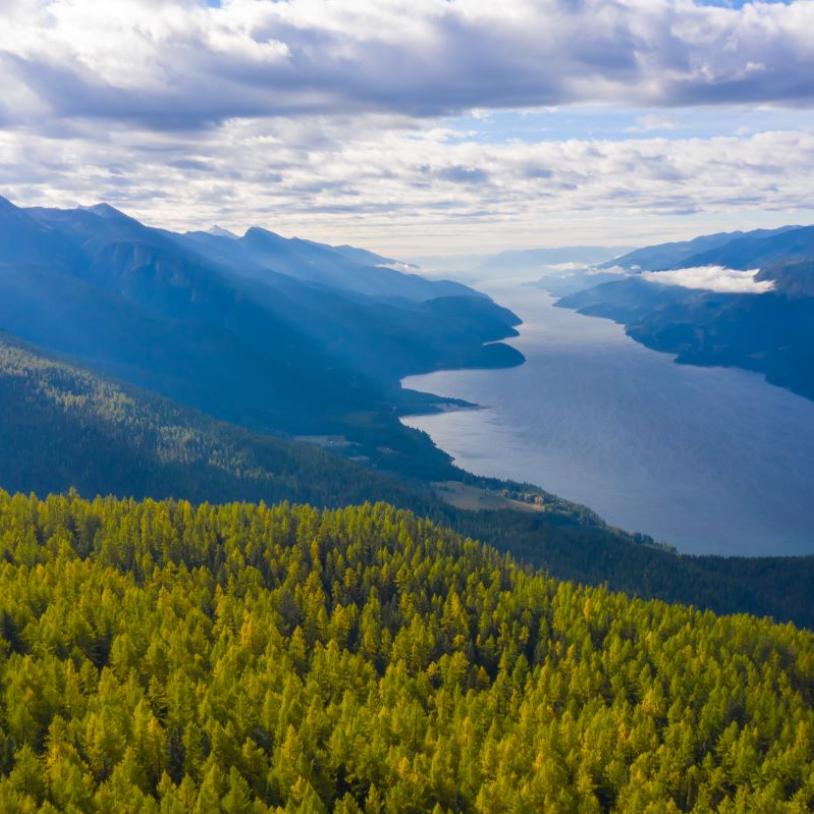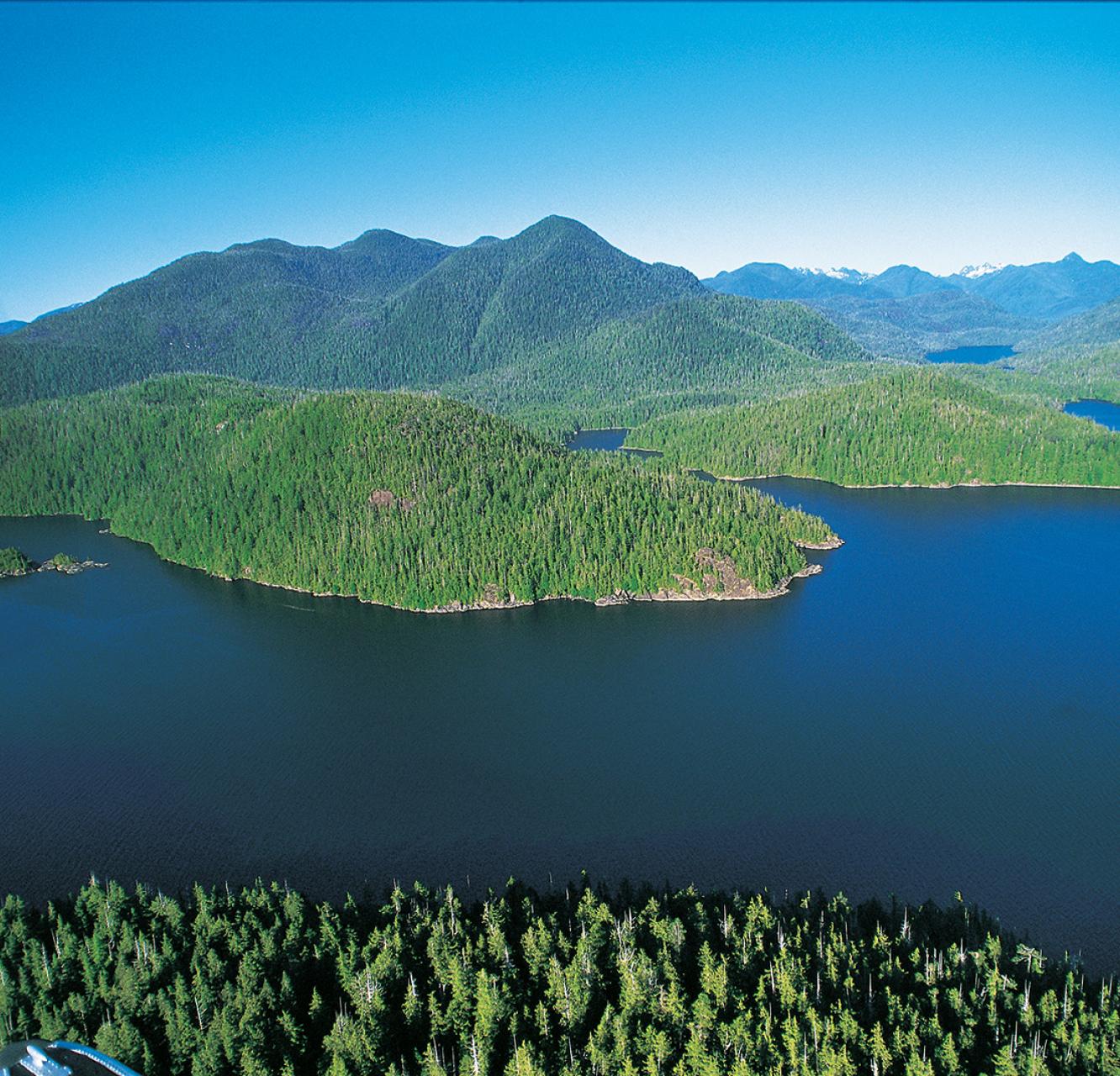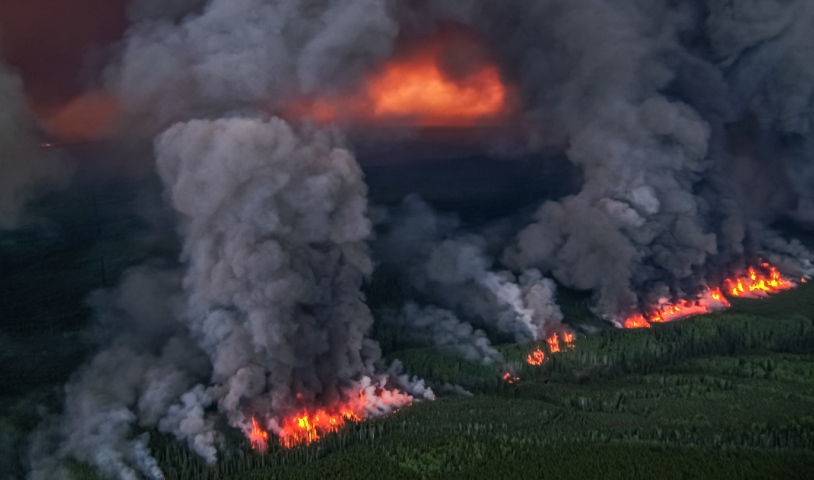Malahat safe, no big changes needed, study finds
Tuesday, July 31, 2007
After commissioning a two-year, $500,000 study of the much-maligned Malahat highway, the B.C. government has determined that it's safe - and no major construction fixes are needed for at least a decade.Transportation Minister Kevin Falcon said Wednesday the government will immediately make short-term improvements recommended by the study and launch an express commuter bus service as one longer-term option to ease congestion.
The study, conducted by Stantec Consulting of Vancouver, found that although traffic on the Malahat is growing "the highway is safe and able to handle current traffic volumes.''
It found the Malahat crash rate is lower than the B.C. average and that "aside from periods of minor congestion, capacity is not currently a concern but will need to be addressed in the long term because of forecast traffic growth.''
In an interview, Falcon said "the Sea-to-Sky Highway corridor would have more accidents in one year than the Malahat would average in five years."
Between 2000 and 2004, there were an average of 56 police-reported crashes a year on the Malahat. Of 265 total accidents on the road, five were fatalities. Fifteen per cent of crashes were attributed to driving without due care and attention while less than four per cent were caused by road conditions, defect or debris.
The Malahat now handles an average of 22,000 vehicles per day, increasing by 10 per cent in the summer. Traffic on the highway is projected to grow by between 1.5 and 2.5 per cent a year.
While the study examined many expensive potential long-term solutions, including a bridge to the Saanich Peninsula and double-deckering part of the existing highway, it ultimately identified a few "preferred options.''
Those include widening or realigning the existing highway, building a new alignment and implementing commuter bus service.
The report said such buses could run between downtown Victoria and both Shawnigan Lake and Duncan. The commuter bus option would only divert about four per cent of traffic demand on the Malahat during peak periods and ease one per cent of total traffic demand daily, the report said. It would also have to be heavily subsidized by governments.
Falcon defended the commuter bus idea, saying that government must "provide the transit option, demonstrate how it can be effective for people, and I think we'll get the ridership.''
How soon any major construction is needed partially depends on how well the public transit option works, he said.
"There may be things down the road that provide even greater opportunities for enticing people out of their cars and thereby freeing up capacity on the corridor,'' Falcon said. "So with that proviso in effect, I think we're probably a decade away from having to look at significant infrastructure improvements."
Malahat-Juan de Fuca MLA John Horgan said the commuter bus idea is a good one but questioned why it has taken the government so long to reach that conclusion.
"Two-and-a-half years is a long time to wait for a recommendation to implement a bus for a 25-kilometre stretch," Horgan said Wednesday. "But it's good news, because we need to have a bus there.''
Immediate improvements to the Malahat will include high-visibility pavement line markings, extension of median barriers, new pull-outs for RCMP vehicles, U-turn locations, and additional cameras to monitor road conditions.
The Capital Regional District's Traffic Safety Commission, which organized a recent enforcement campaign on the Malahat, welcomed all the proposed improvements. But co-chair Chris Foord said more needs to be done to crack down on bad drivers.
"I don't think the average British Columbia crash rate should be anybody's lofty goal," Foord said.






